40 years to the legendary combat helicopter Mi-24 (part 2) Modifications A, B and D
The first modification of a combat helicopter, the Mi-24A (245 product), launched into serial production in 1971 -MV "with RCSN. The operator guided the 4П4М / К-12.7В guides, mounted on the 1П9М / К-146В guides, through the 9ШШ17 optical sight with wide and narrow fields of view and, accordingly, with two image gains. The Phalanga-MV complex had low efficiency. The minimum launch range was equal to 2 km, the maximum -32 km. The probability of hitting a rocket in a tank did not exceed 4%.
Machine gun A-XNUMHA designs N.M. Afanasyev was put into service in September 12.7 and modernized in 1953. His rate of fire was limited to 1966 rds / min; received from the state tests 900. / Min refused because of the low survivability of the trunk.
The Mi-24А armament also included UB-32А-24 units with NAR C-5 and bombs in caliber up to 500 kg on the beam holders BDZ-57КрВ. The NAR was launched by a pilot using a PKV sight, bombing by an operator using OPB-1Р.
During the development of the first production Mi-24A, the front pilots paid attention to its good maneuverability and controllability. The car obediently performed turns on the slide, combat turns with a roll exceeding 60 °, and gained height with a pitch angle to 50 °, which significantly exceeded the established limits.
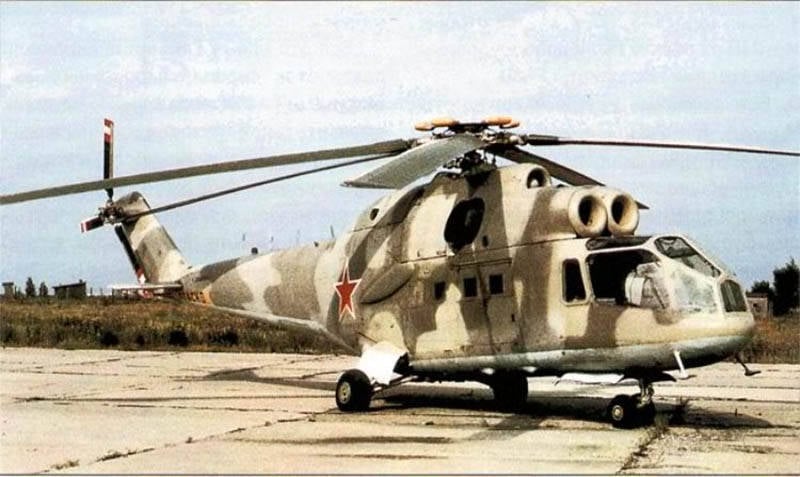
But a number of shortcomings came to light. Due to the high specific load on the area swept by the main rotor, in case of failure of both engines, the helicopter did not provide a safe landing in the autorotation mode in high altitude conditions and at elevated air temperatures.
TVZ-117 “raw” engines with a resource not exceeding 50 h caused a lot of complaints. The plant in Zaporozhye produced 1972 TVZ-60 “zero” series with 117 by the end, which passed with a number of deviations and limitations. They were used to master the serial production of the Mi-24 in Arsenyev, as well as for operational tests of helicopters in various conditions. Subsequently, TVZ-117 “zero” series was written off, without burdening the plants with the first overhaul. According to the analysis of the operation of the first TVZ-117 OKB S.P. Izotova developed a number of activities aimed at improving the engine. In August, 1972 successfully completed state tests of the modified TVZ-117. He became a model for the 1 series; these engines were made around 200.
For a specific type of army wits dubbed the Mi-24A "Crocodile". This name later passed on to other modifications. Mastering the machine was not without curiosities. It was the first domestic helicopter with retractable landing gear. Having forgotten about this, pilots often forgot to remove the landing gear after takeoff and release it before landing.
In parallel with the Mi-24 in 1971, there was a modification of it with advanced weapons - the Mi-24B (product 241). The A-12.7A machine gun in the NUV-1 was replaced with the YakB-12,7 in the USPU-24 mobile remote installation with the KPS-53AB aiming station. As the ATGM used 9P145 "Phalanx-PV" with semi-automatic RKSN "Raduga-F".
Mi-24B prototypes in 1971 -1972 successfully passed the first stage of flight tests, but further work on it turned: the operation of the Mi-24A confirmed the previous conclusion of the military about the unsatisfactory review from the pilot and operator. During night flights at low altitude, ground lights were reflected in the flat panes of the lantern, which sometimes led to the loss of spatial orientation by the pilot.
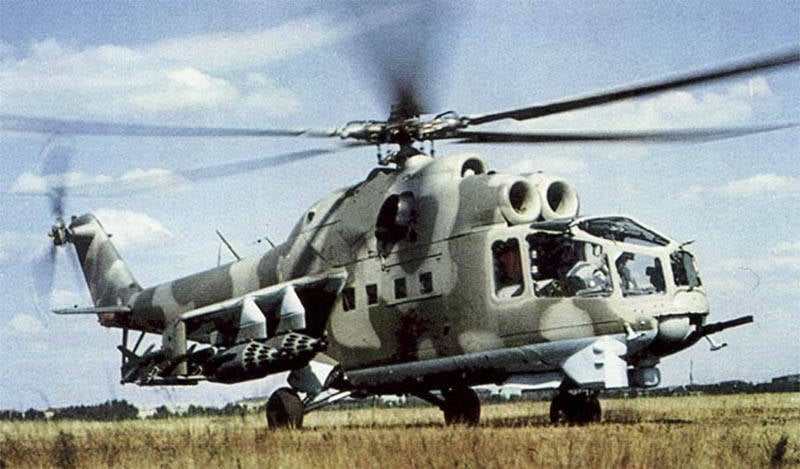
OKB them. M.L. Mile has developed a new version of the nose of the helicopter with separate pilot and operator cabs at different levels with significantly improved visibility. In the summer of 1972, two new cars with new cabs were produced, designated Mi-24B (product 242). 23 September of the same year Mi-24В made the first flight. The development of ATVS 9K113 "Sturm-B" was behind schedule, so the Air Force offered an intermediate version, the Mi-24D, with a new cockpit, but with weapons of the Mi-24B type.
MI-24D
The state tests of the Mi-24D (product 246) took place from February to November 1974. Engineer G.I. Kuznetsov, test pilot S.V. Petrov, M.V. Razomazov and L.3. Tatarchuk. One of the main differences of the Mi-24D from the previous serial modification was the use of the YakB machine gun. The Council of Ministers decree on creating high-grade 24-mm and 12,7-mm machine guns for B-7,62 was issued in December 1968. The development of a large-caliber machine gun, which received the TKB-063 code, was entrusted to the TsKIB SOO, and 7,62-mm four-barreled TKB-XNXX.
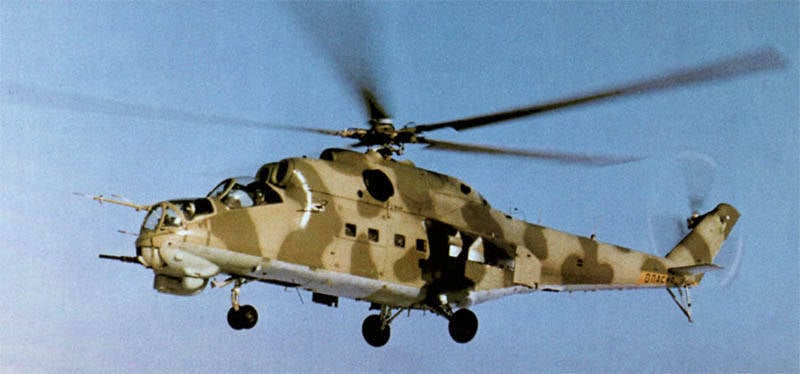
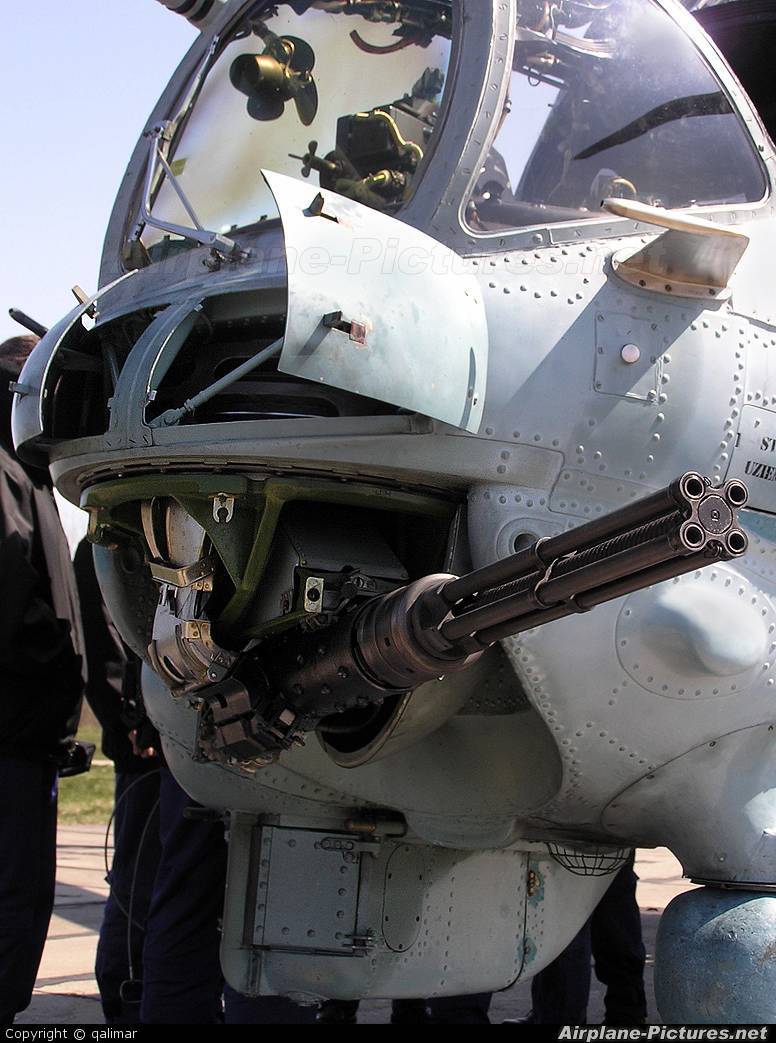
Already in December 1968, the customer approved the draft four-barreled 12,7-mm machine gun with automatic flue gas and 5000 firing rate / min, developed by PG. Yakushev. The highlight of the design was the mechanical starter, which consisted of a torsion bar and a planetary mechanism that provided the initial promotion of the barrel unit. This made it possible to abandon the electric motor used for this in foreign multi-barrels.
Three months after the defense of the technical project, the machine gun began to be fired. A serious problem was to ensure the required survivability of the trunks. She was provided by applying a cobalt alloy KVN-2 and cartridges with phlegmatized gunpowder. After testing TKB-063 at SRI-61 in 1971 - 1972. the design was finalized and in September 1972 was given three samples of the machine gun for ground state tests. They were successfully completed in August 1973.
In parallel, the designer machine gun PG Yakushev and his student B.A. Borzov improved their offspring. A sophisticated four-piston gas engine consisting of 88 parts, they replaced with a single-piston 12 parts. In December, 1972 in TsKIB SOO tested two machine guns with this novelty. The design has become more reliable and convenient in operation.
In the summer of 1974, the machine gun TKB-063, refined according to the results of state tests 1973, passed the ground tests at the Research Institute-61 and was put into mass production at the KMZ in Kovrov.
After the death of Yakushev in 1973, his work was continued by B.A. Borzov and V.I. Volkov. In 1975 - 1977 a machine gun mounted in a remote mobile unit USPU-24 passed a positive assessment of flight tests on the Mi-24D and Mi-24V. In March 1976, by a regulation of the Council of Ministers aviation machine gun YakB-12,7 (9A624) design Yakushev-Borzov was adopted.
The anti-tank complex 9P145 "Phalanga-PV" with semi-automatic guidance was created in KB "Tochmash" under the supervision of Chief Designer A.E. Well delman. In 1970, this ATGM successfully passed state tests and in May 1972 was adopted for service.
The effectiveness of the Mi-24D with the Phalanga-PVT ATCM increased, and the missile guidance process in real combat became simpler: the probability of a direct hit of the 9М17П missile in a tank exceeded 80%. The operator could use the complex and with manual guidance, which was used for light interference, performance at dusk, failures of semi-automatic equipment and the use of 9М17М rockets. At the same time, the minimum launch range increased to 0,6 km.
In 1973, the KMZ began the large-scale production of the 9М17П ATGM. It differed from the 24М9М rocket previously used on the Mi-17А by installing new tracers-lamps of increased power, which ensured a uniform radiation intensity throughout the entire flight trajectory. The launch range was 0,45-4 km, the launch weight was 31,6 kg, the average trajectory flight speed was 170 m / s.
With 1973, the Mi-24D was built by two factories - in Arsenyev and Rostov-on-Don. The order for its launch into mass production at the Rostov plant was released on 13 February 1972, and the following year the Rostovites handed over the first five helicopter gunships to the customer. These machines were equipped with TVZ-117 2 series engines with 300 h resource, in April 1976, the overhaul life was established at 500 h, with a general designated 1000 h. They produced about 2000 2 series engines, a significant part of them was operated before so far
In total, 1977 Mi-340D helicopters were built around 24 in Arsenyev and Rostov. For deliveries abroad developed export version, called the Mi-25. These machines, produced at RVZ, were distinguished by a simplified set of equipment and the “Scorpion” ATGM - the “Phalangi-P” export variant.
- ON. Cleaver
- 40 years to the legendary Mi-24 combat helicopter (part of 1) Creation
40 years to the legendary combat helicopter Mi-24 (part 2) Modifications A, B and D
40 years to the legendary Mi-24 combat helicopter (part of 3) Modification B
40 years of the legendary combat helicopter Mi-24 (part of 4) Modifications P and VP
40 years to the legendary combat helicopter Mi-24 (part of 5) Modification Mon
40 years to the legendary Mi-24 combat helicopter (part of 6). Modifications of P, K and VM
40 years to the legendary Mi-24 combat helicopter (7 part) Mi-35
40 years to the legendary Mi-24 combat helicopter (part of 8) Foreign upgrade options
40 years to the legendary Mi-24 combat helicopter (part of 9)
40 years to the legendary Mi-24 combat helicopter (part of 10) Technical specification
40 years to the legendary Mi-24 combat helicopter (part of 11) Mastering in structural units
40 years to the legendary Mi-24 combat helicopter (part of 12) in Afghanistan
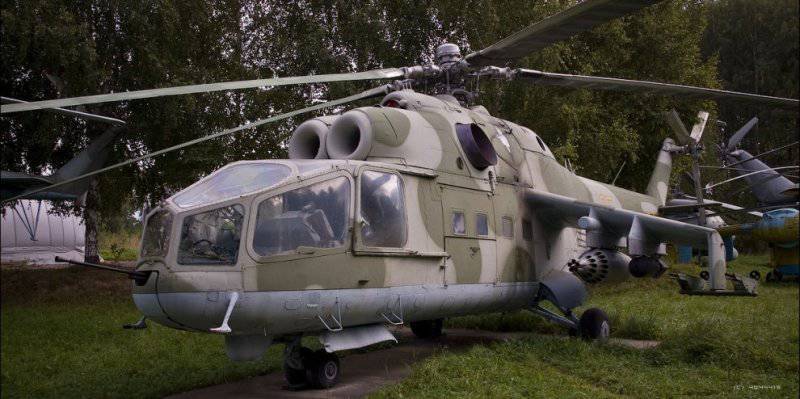
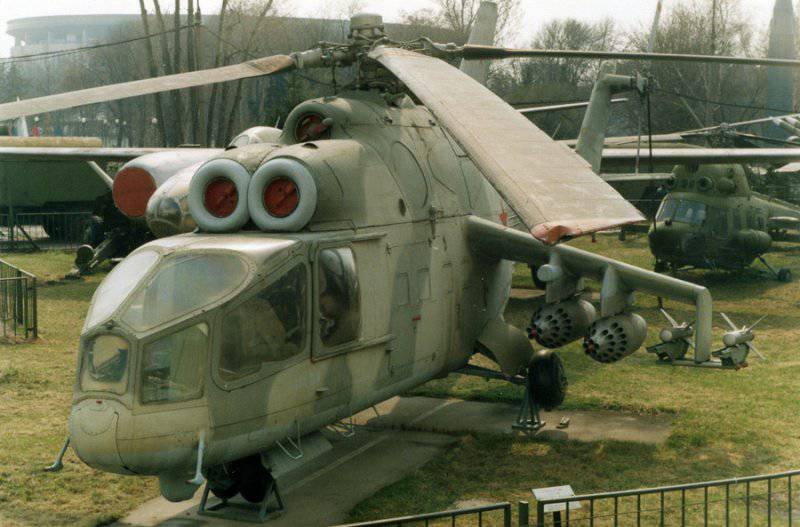
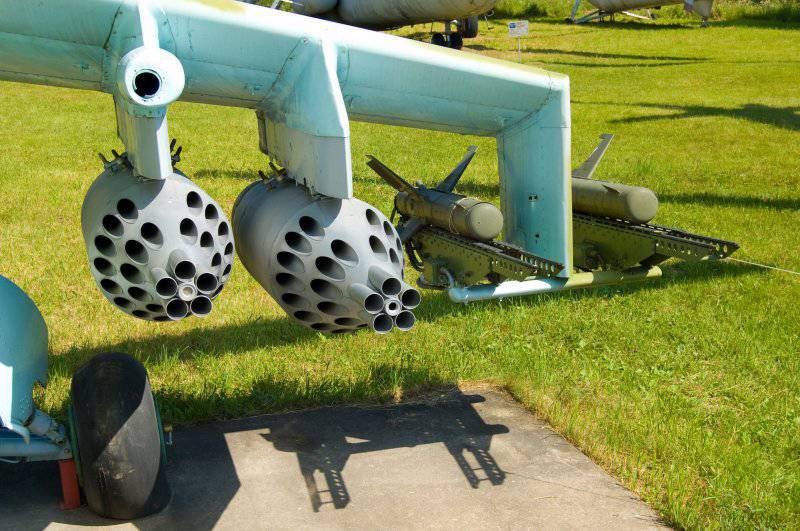
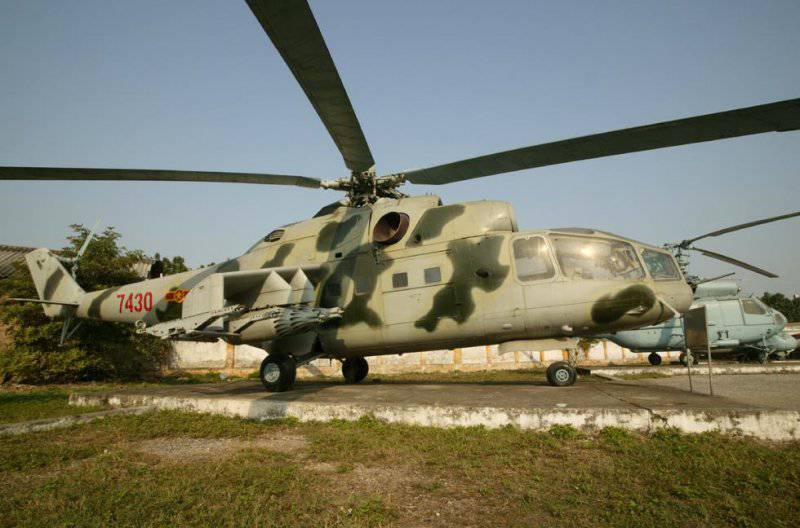
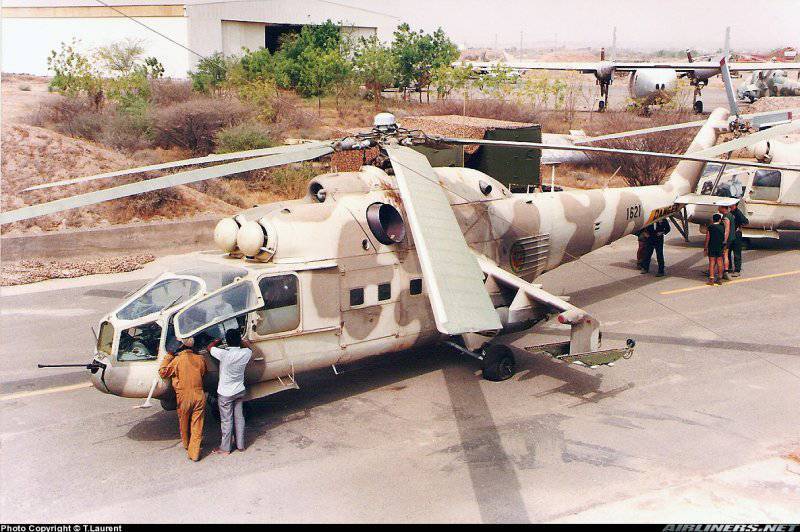
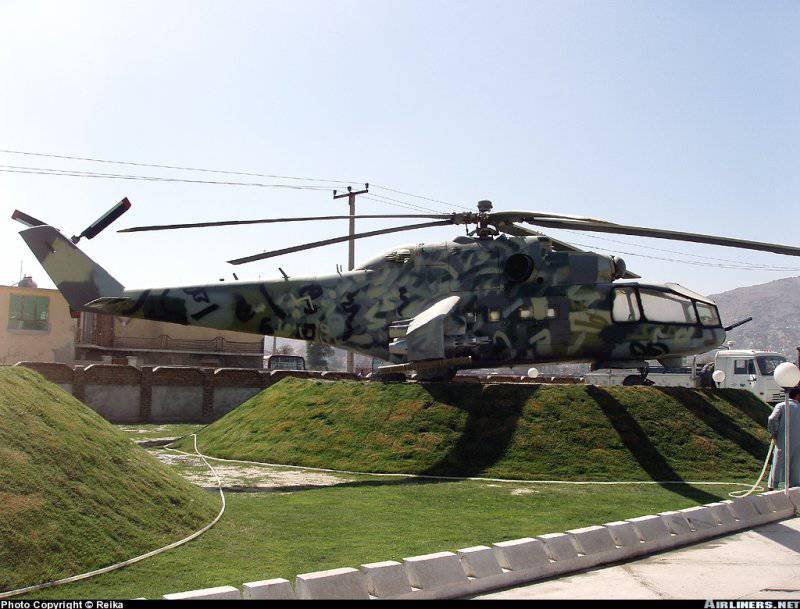
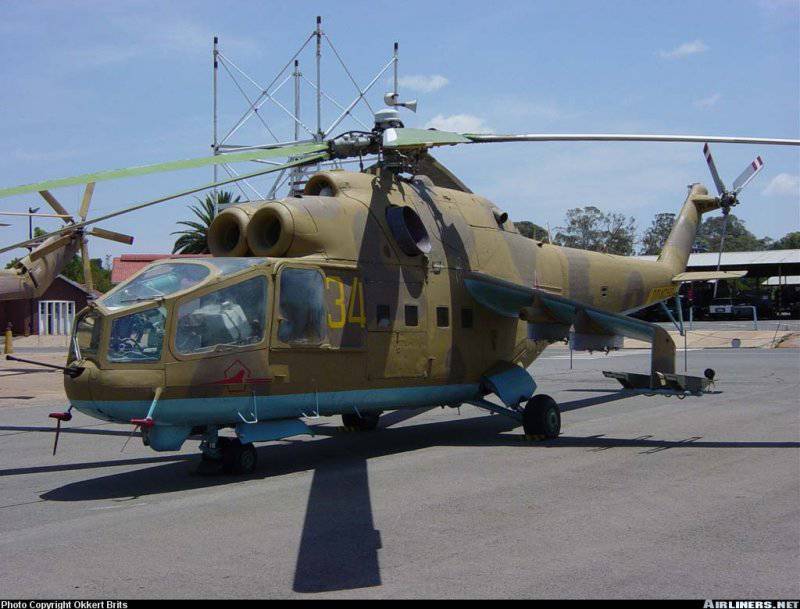




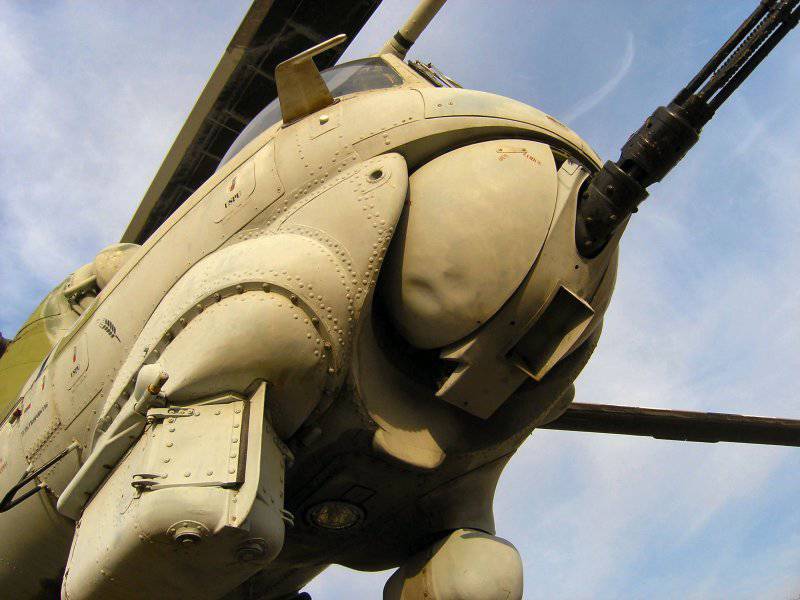
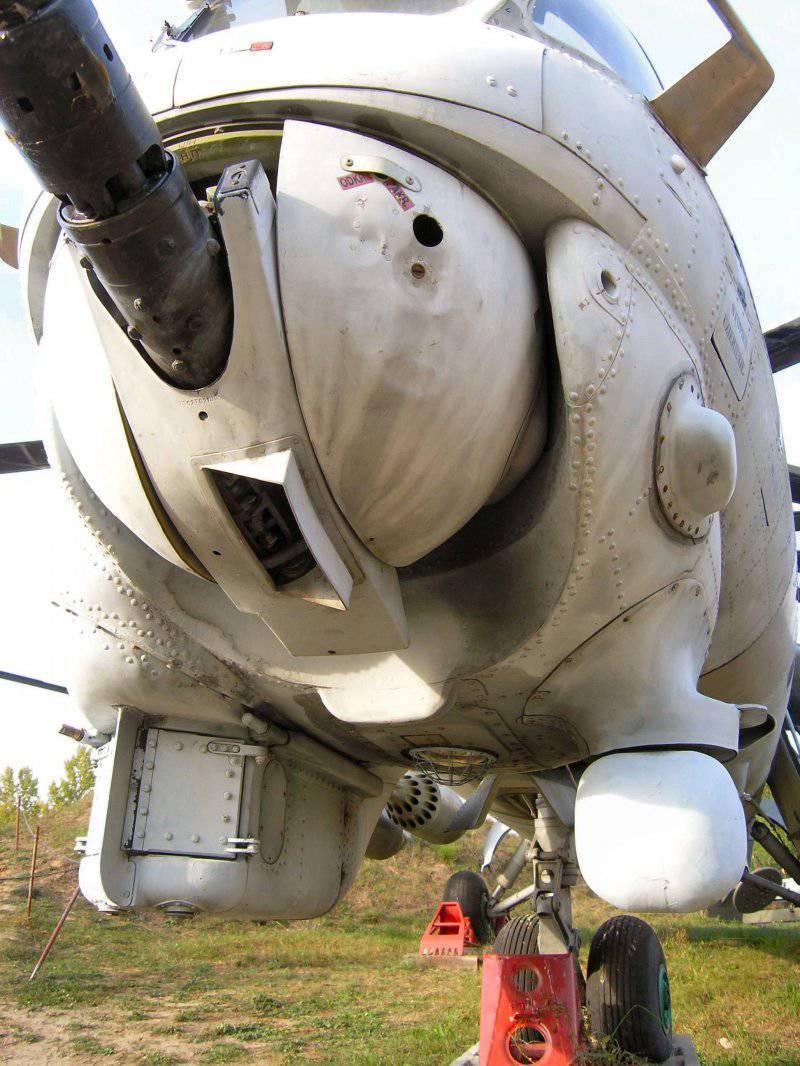
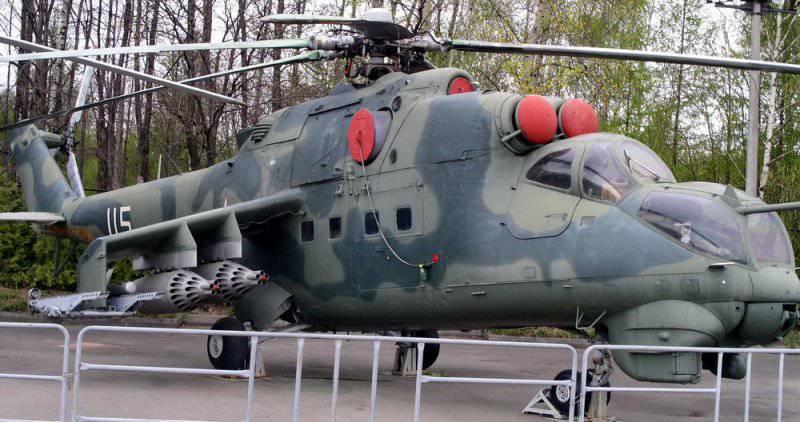
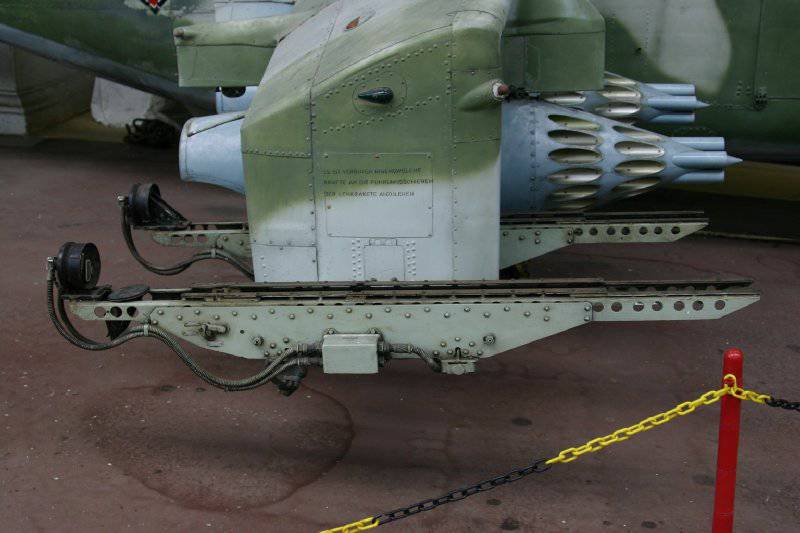
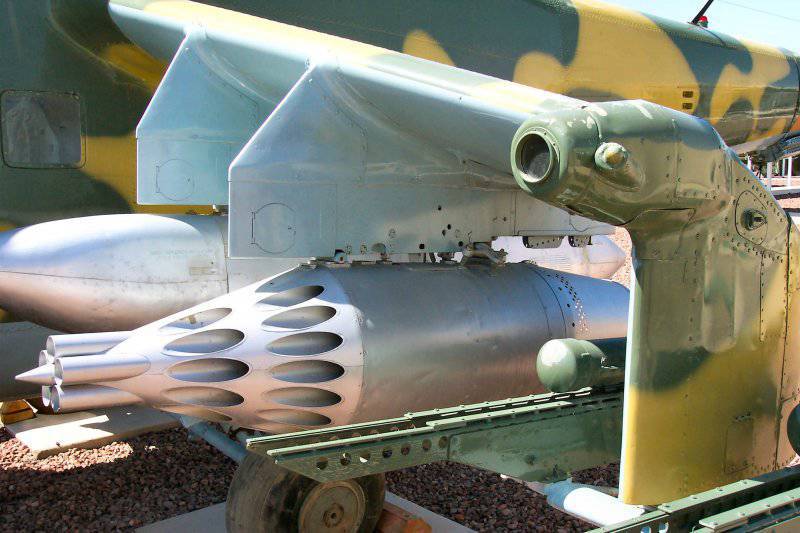
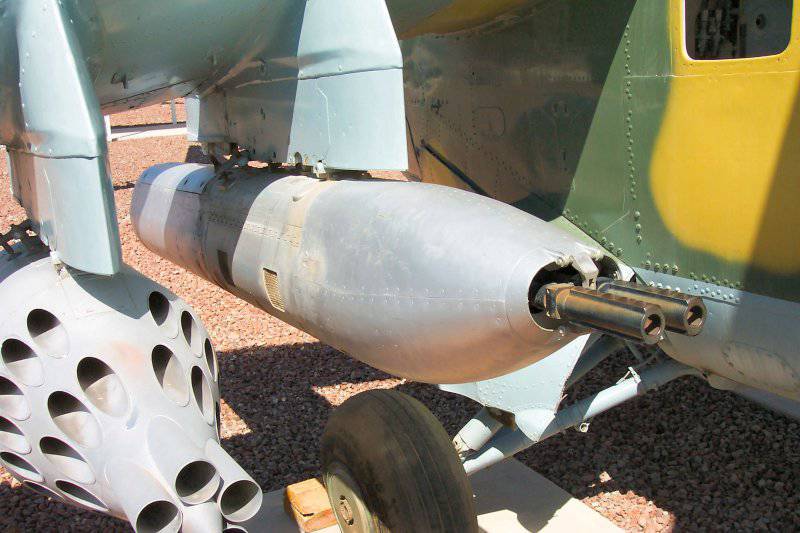
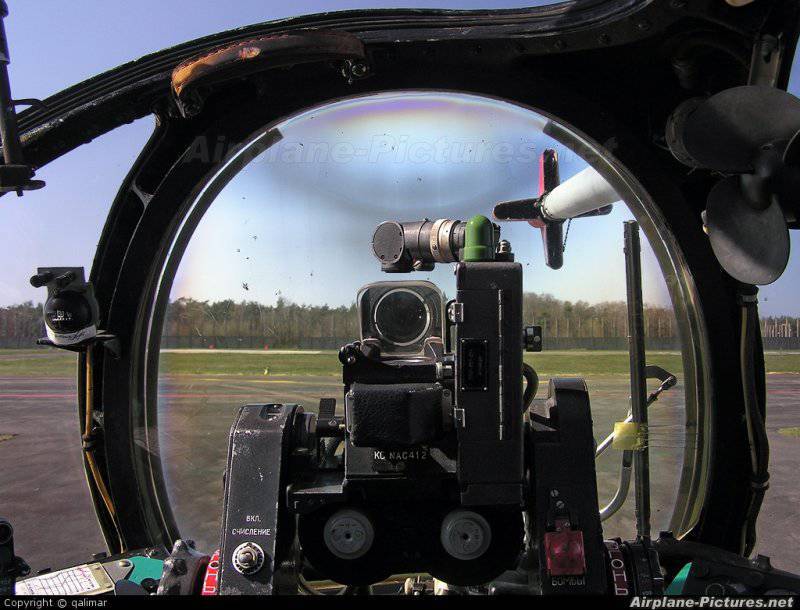
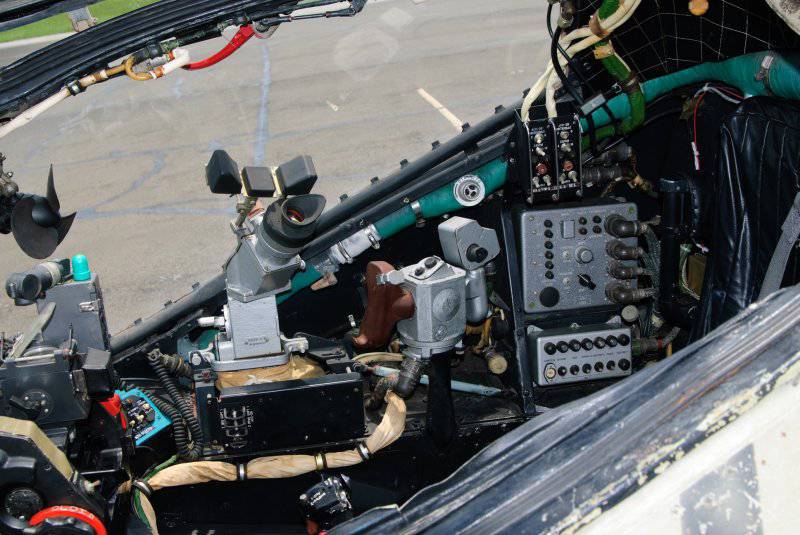
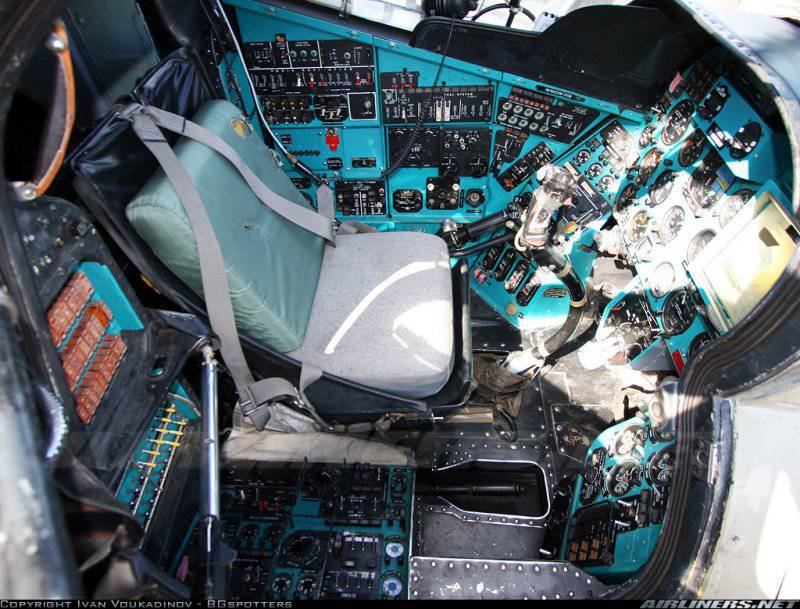
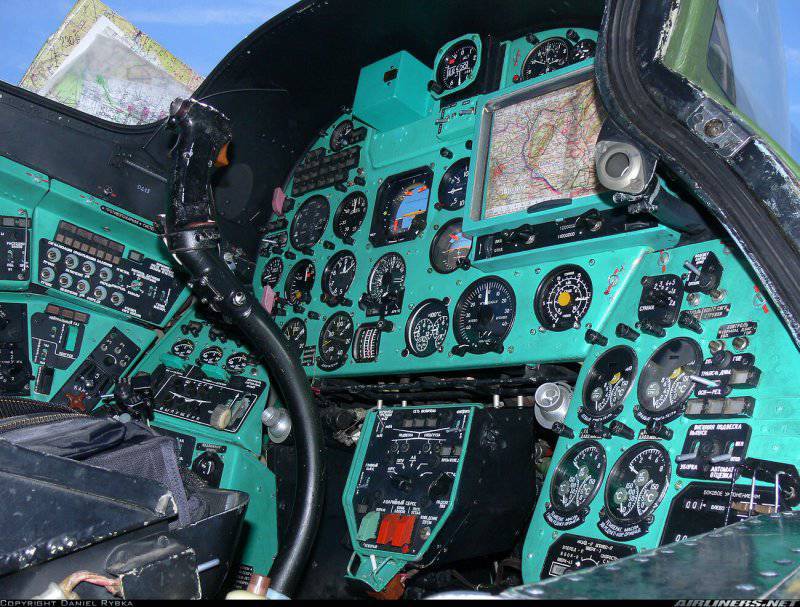
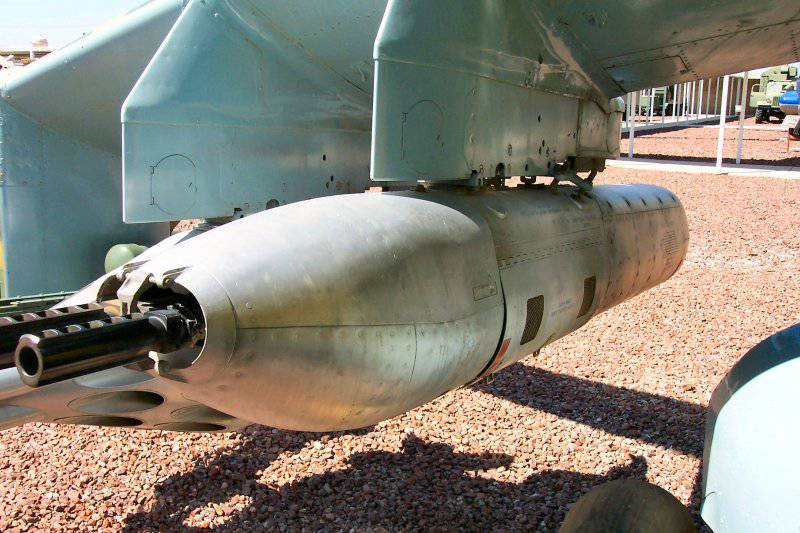
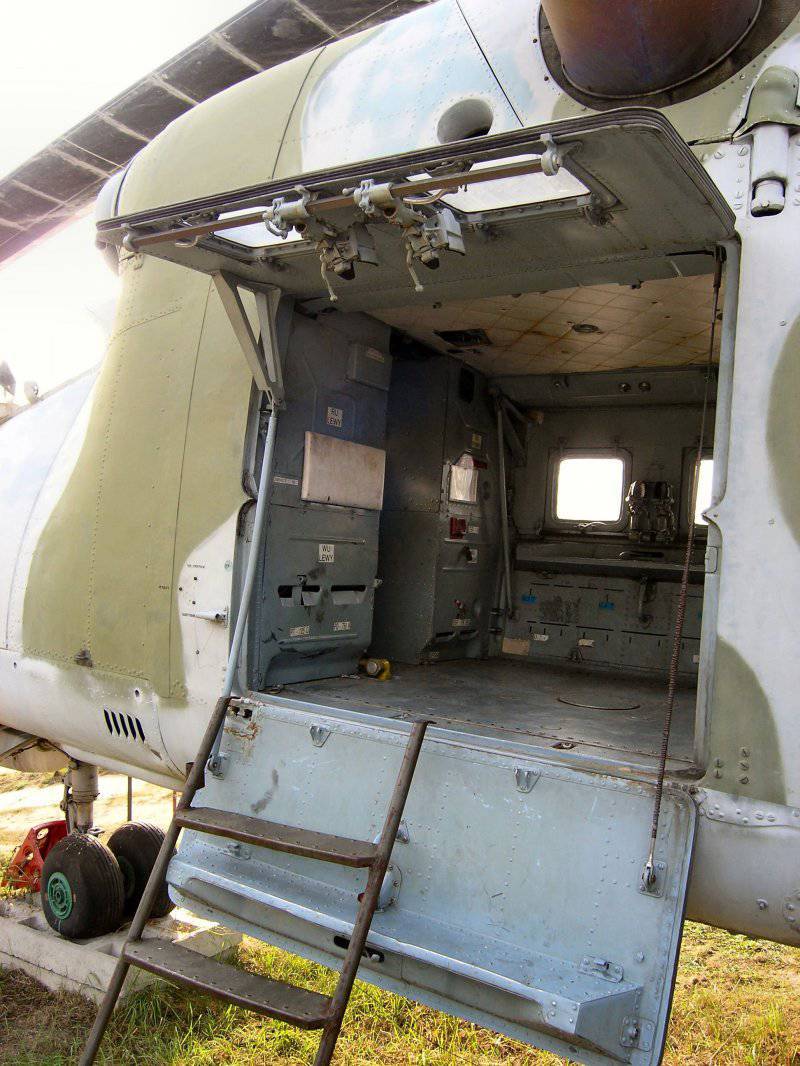
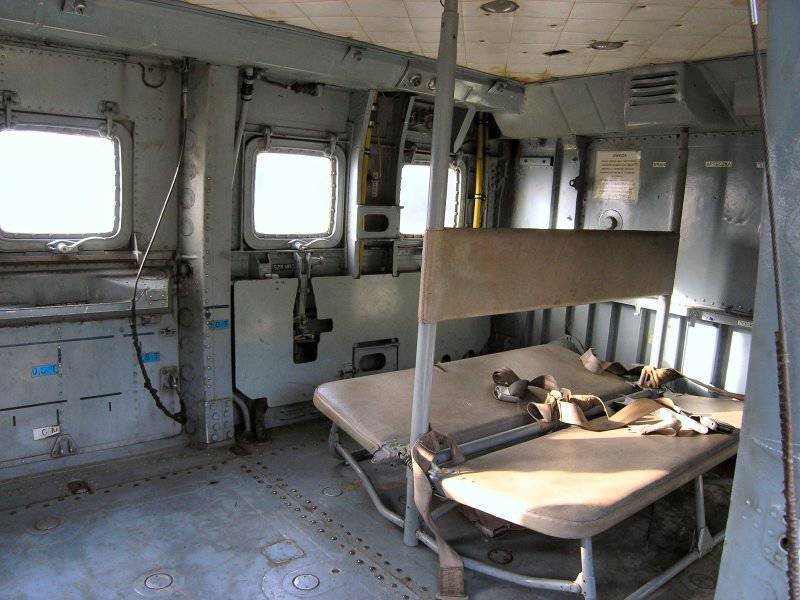
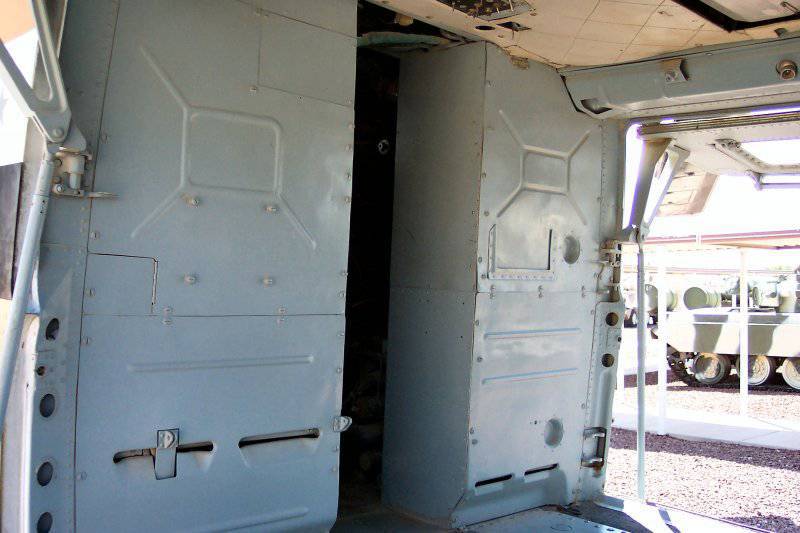
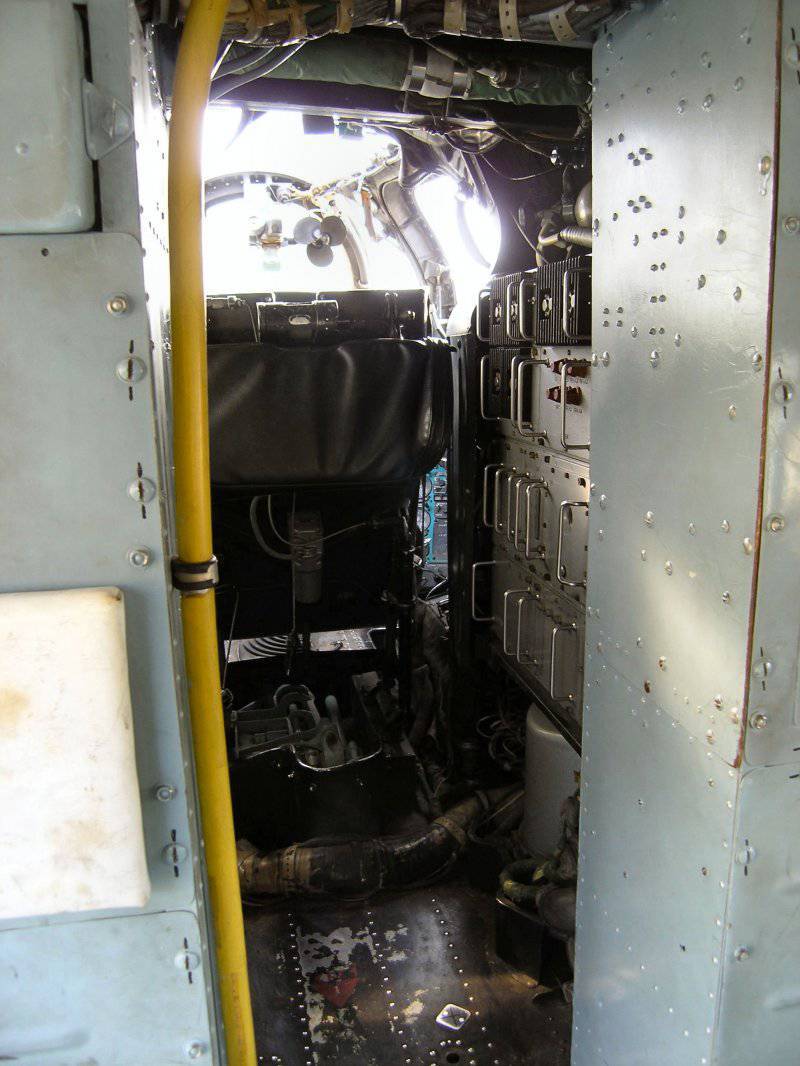
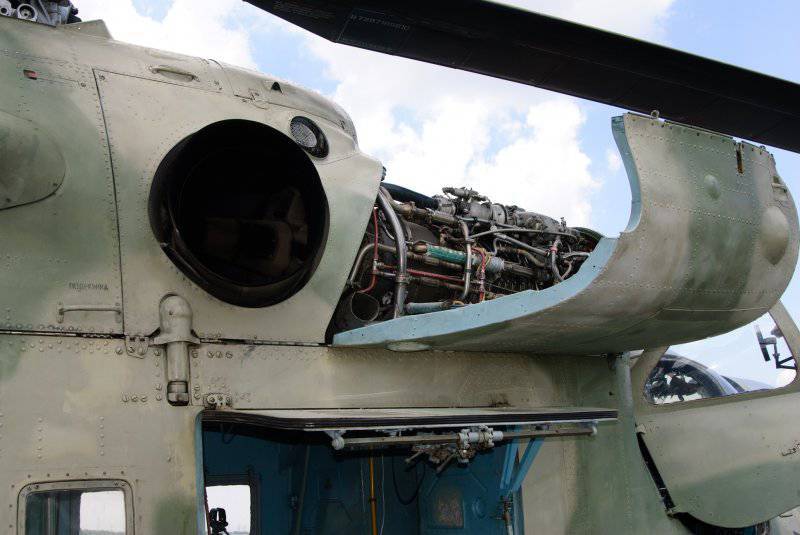
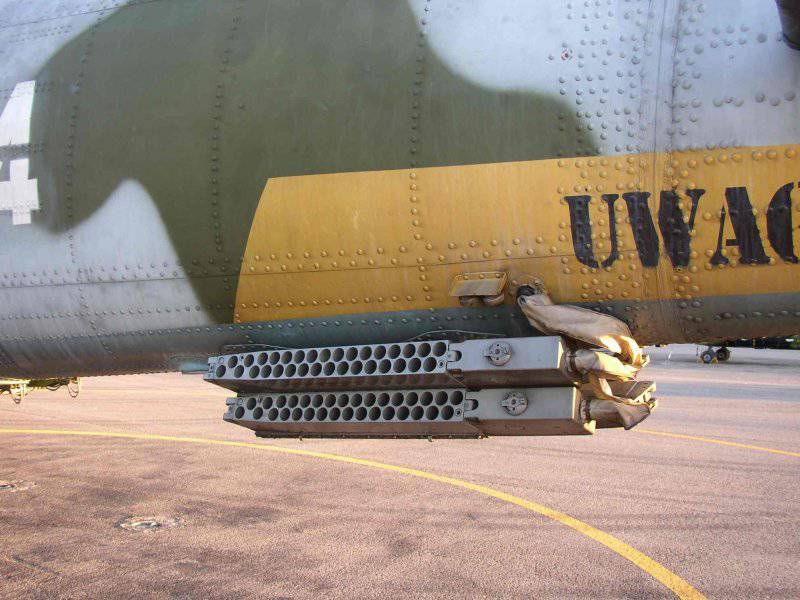
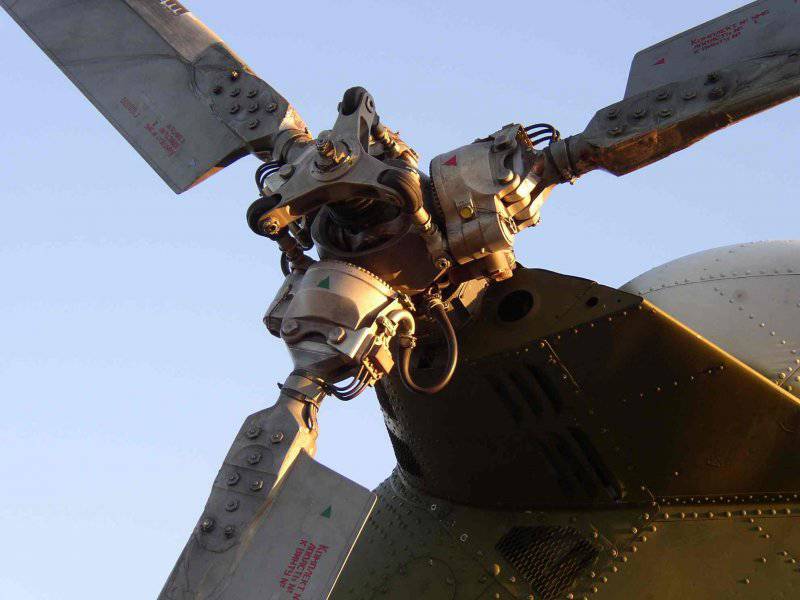
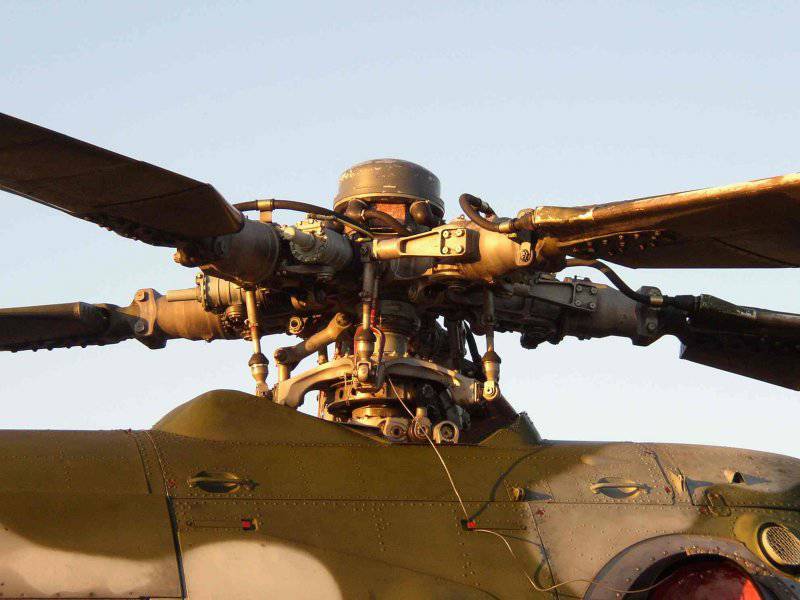
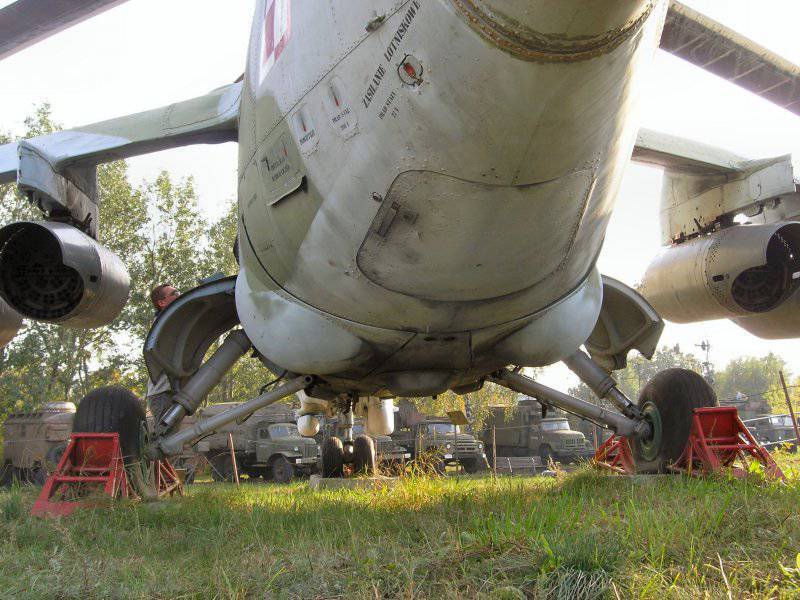
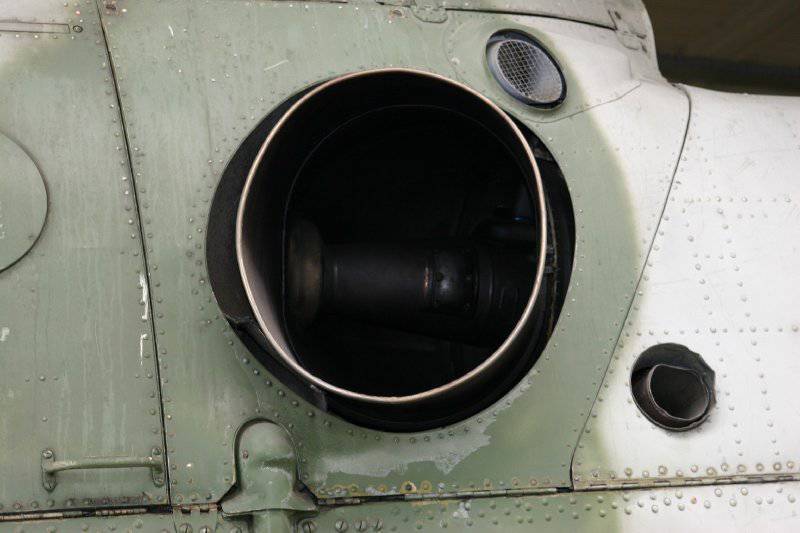
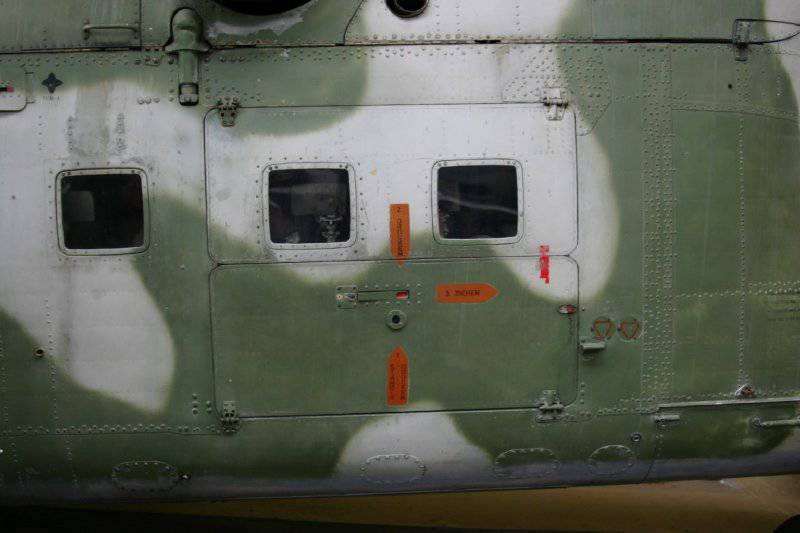
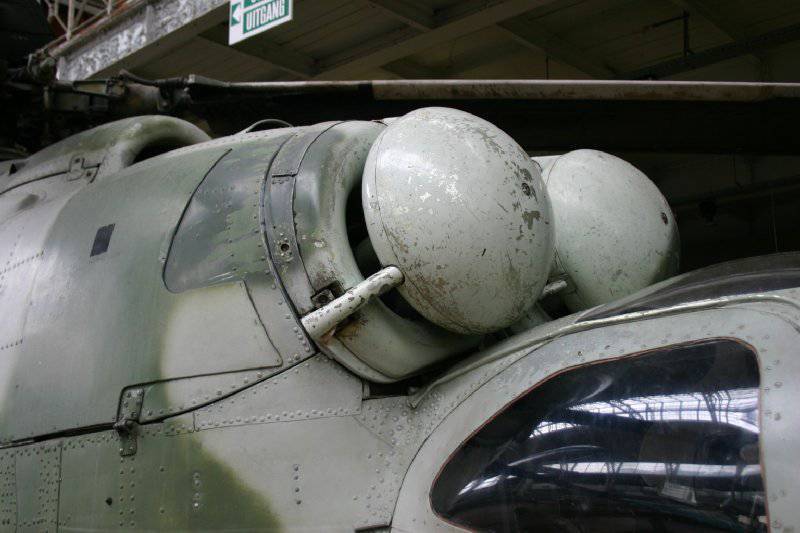
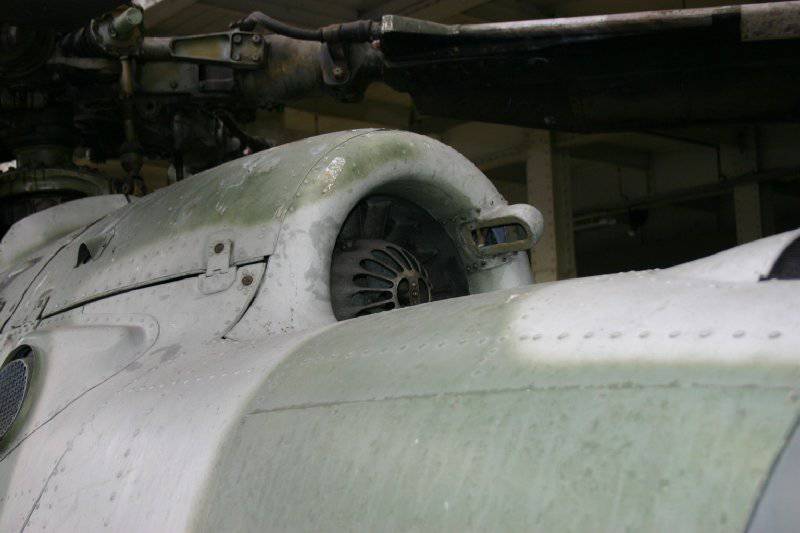
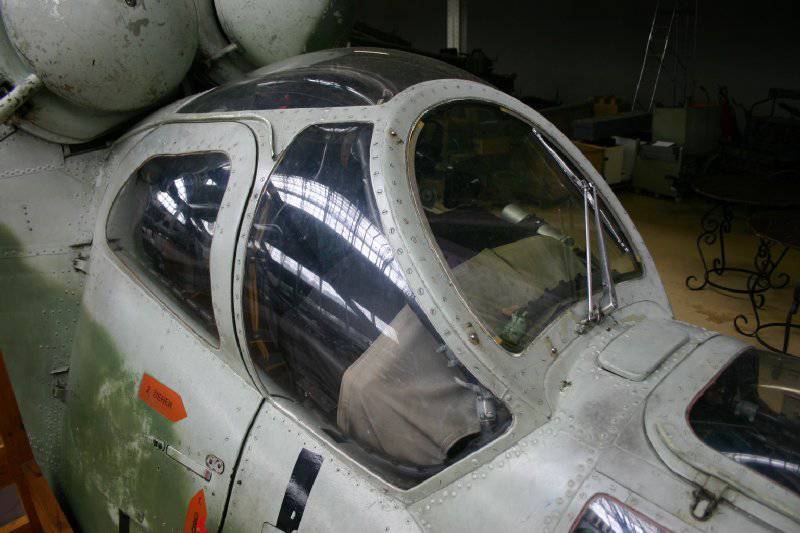
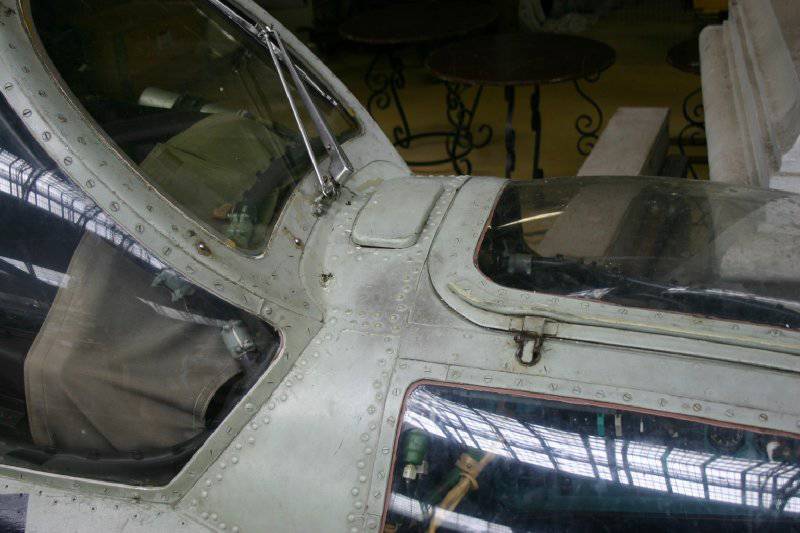
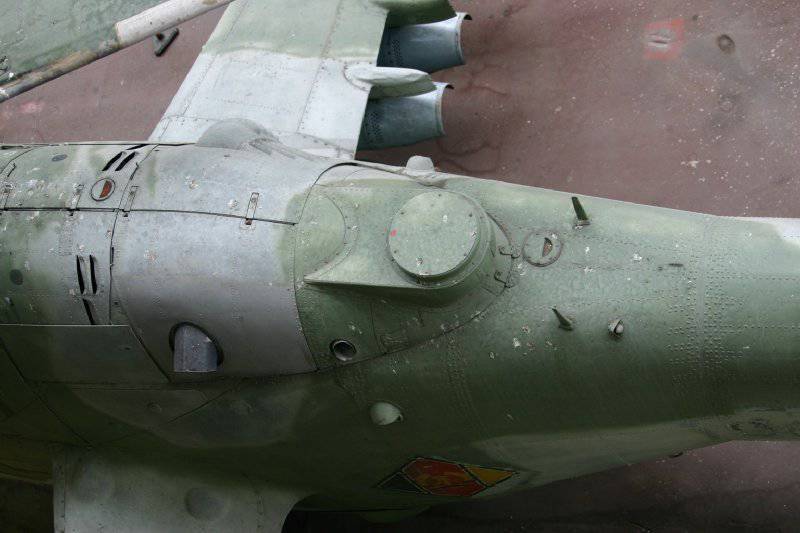
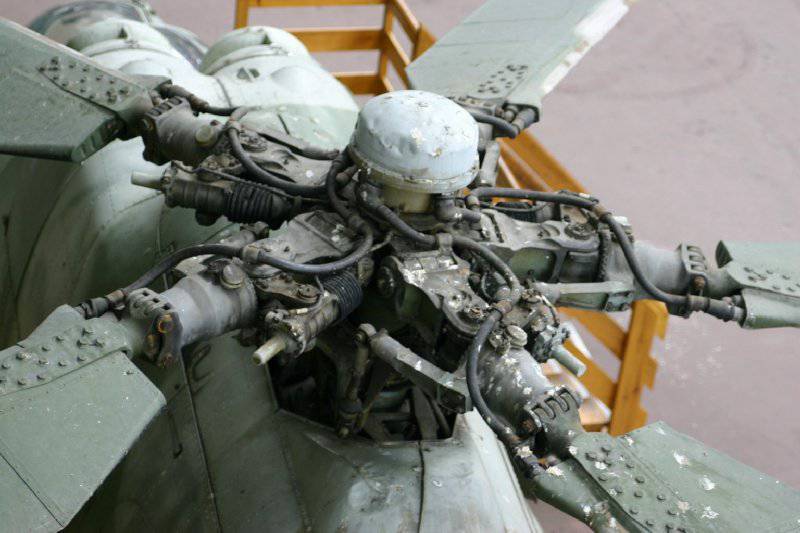
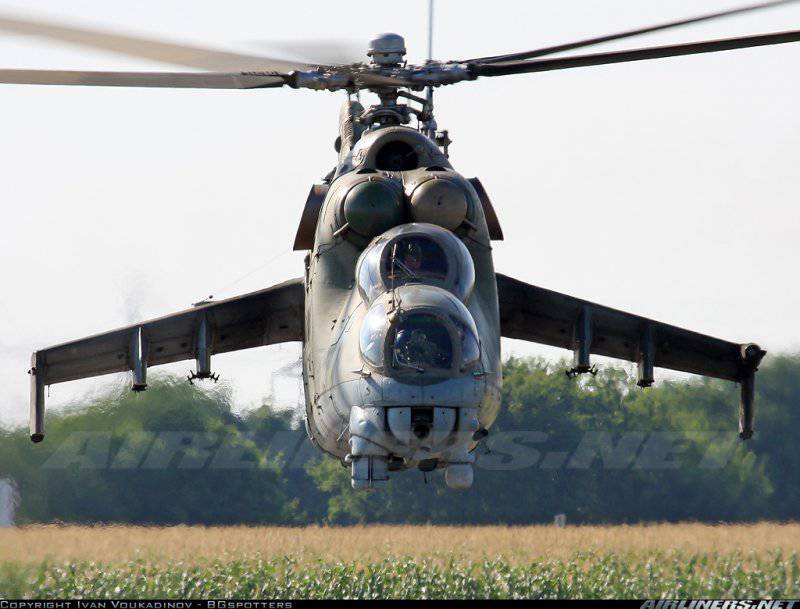
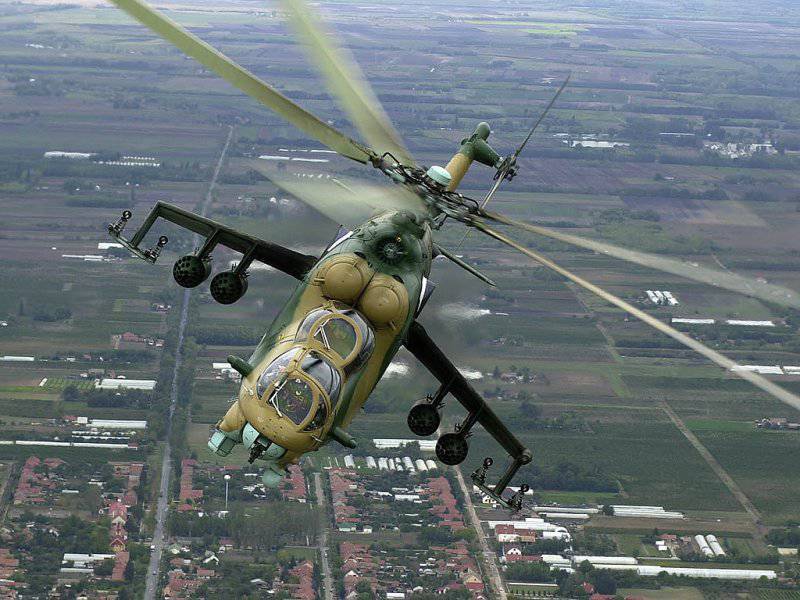
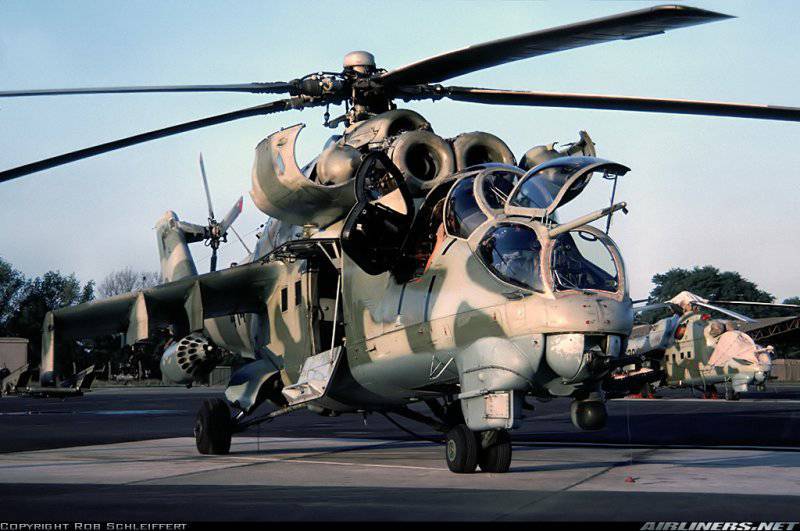
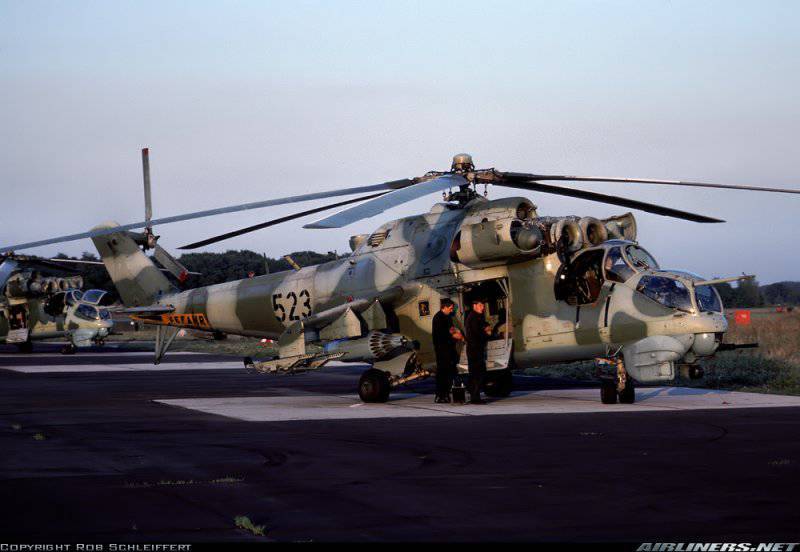
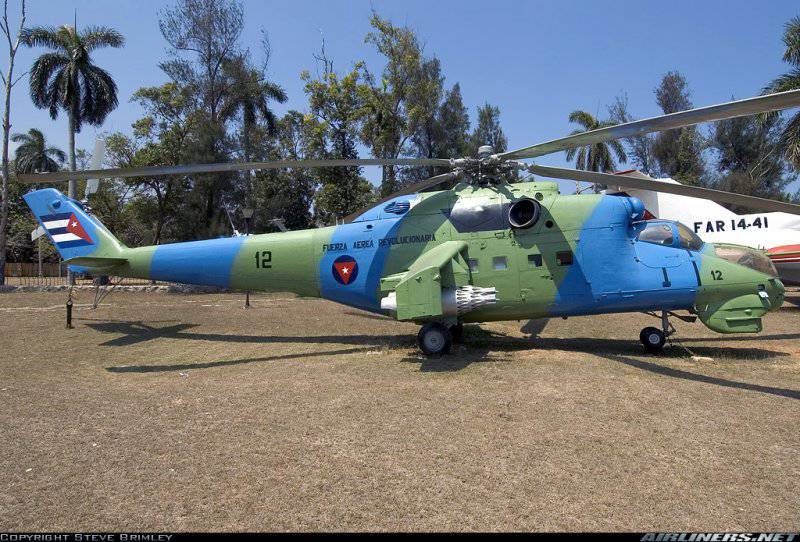
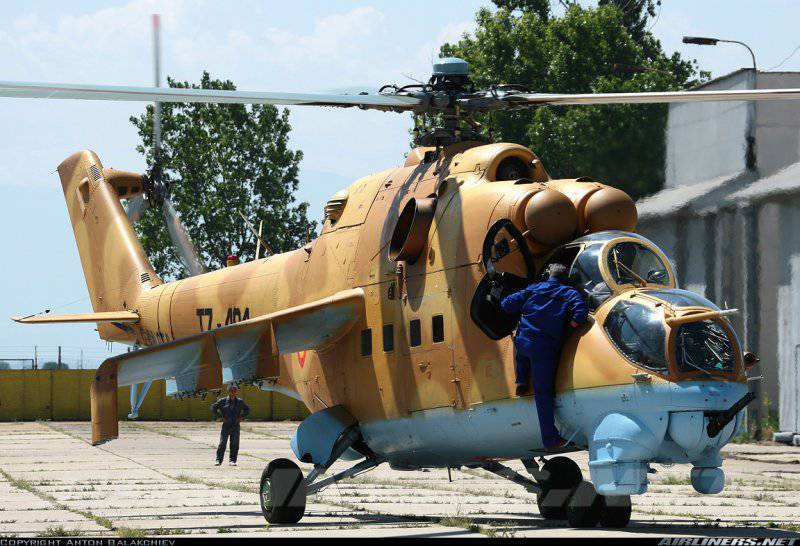
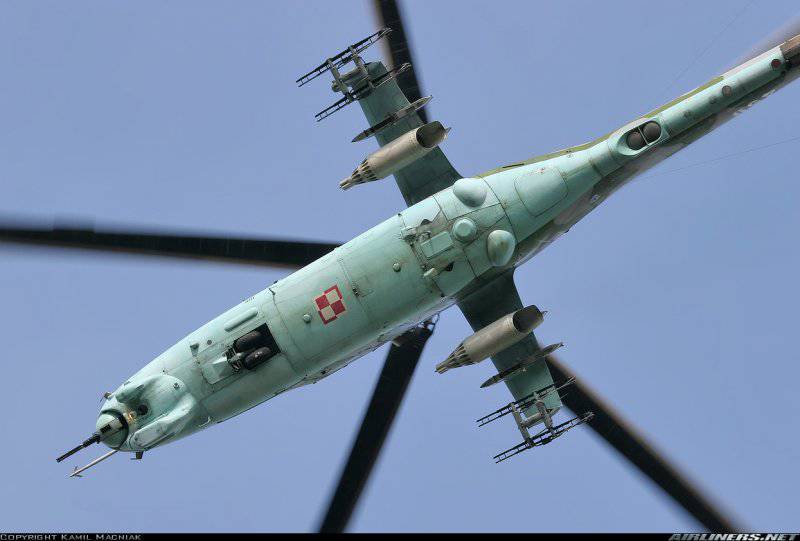
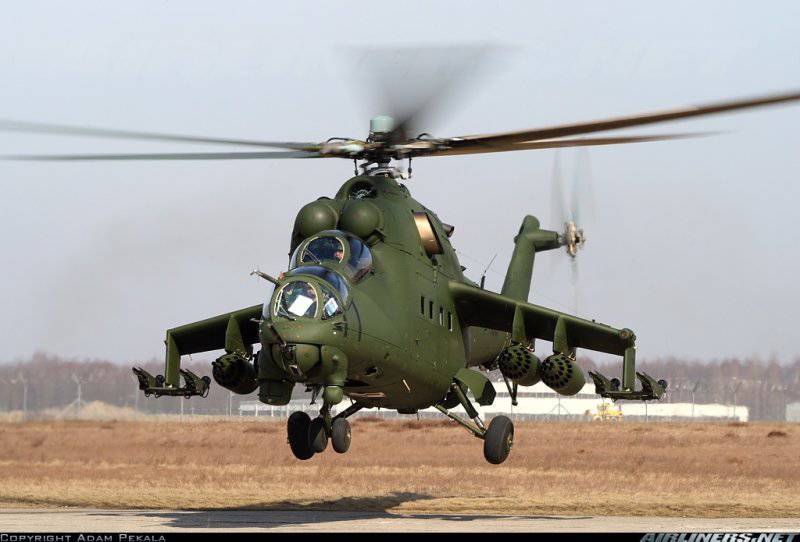
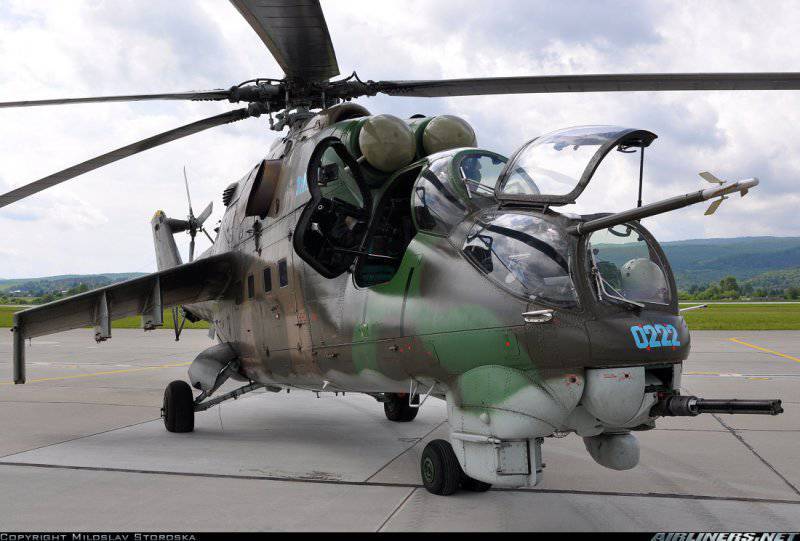
Information